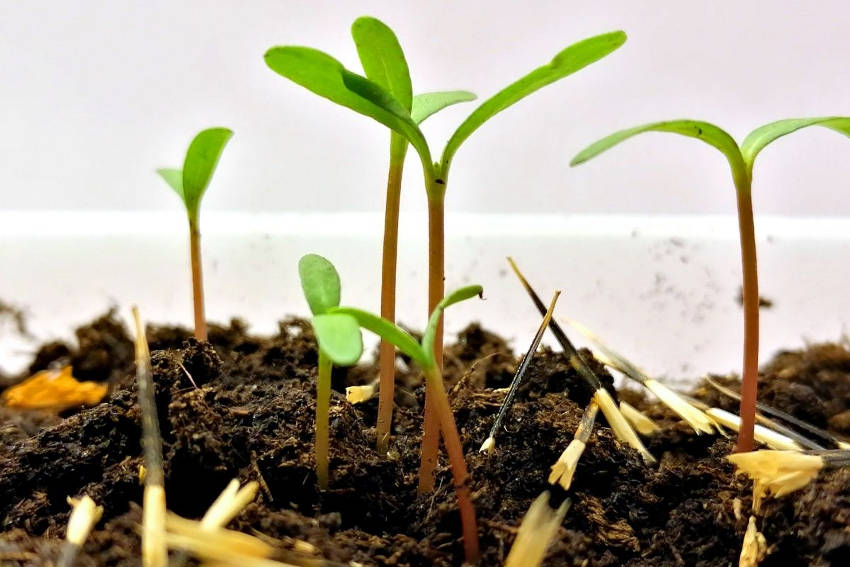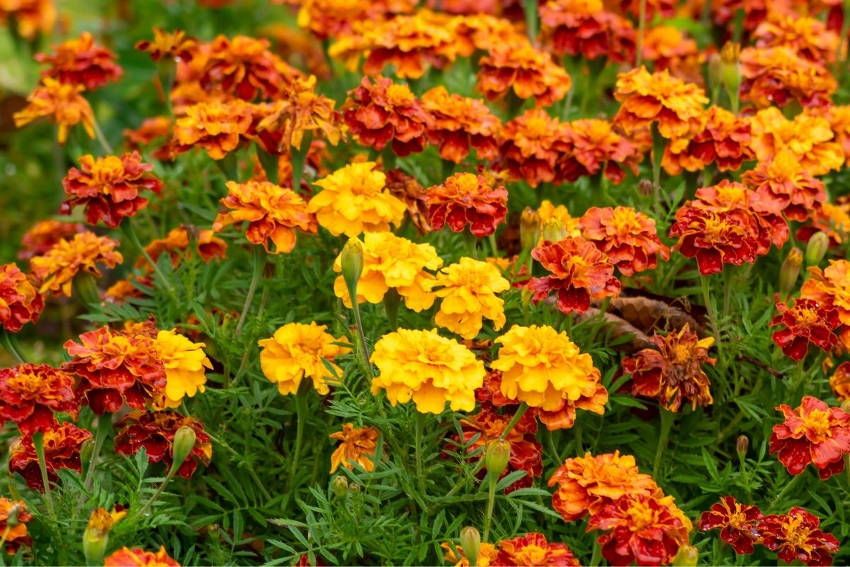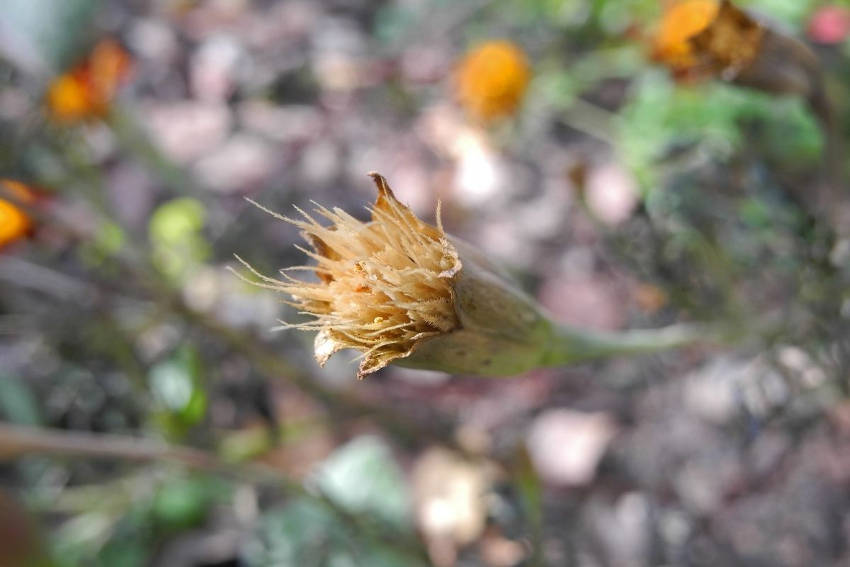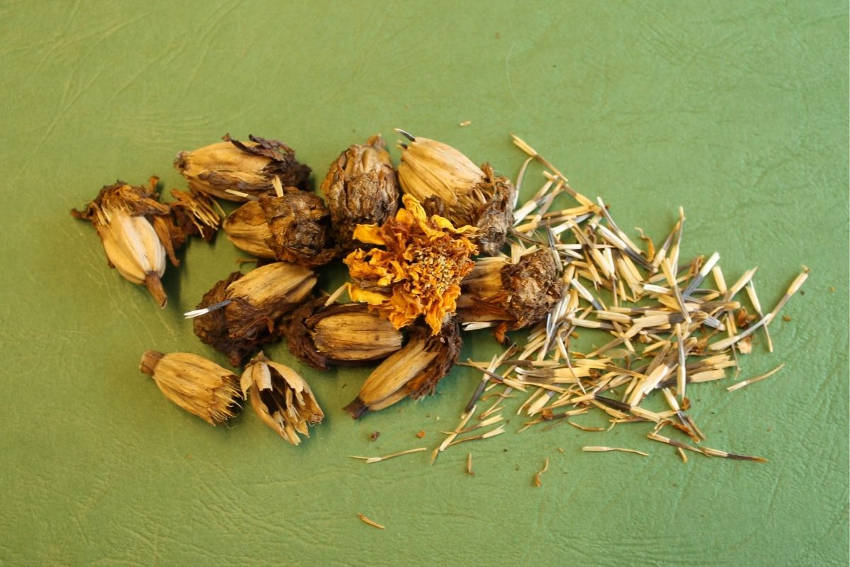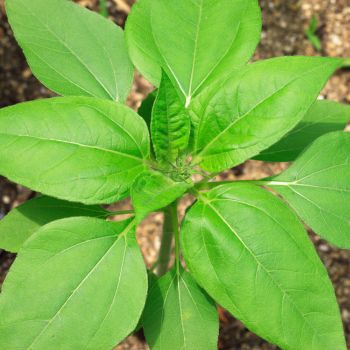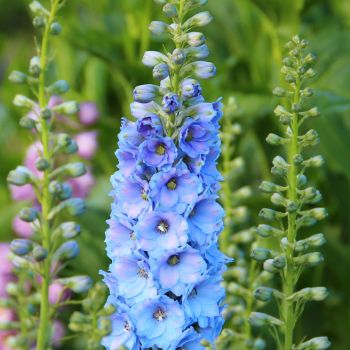Cheerful marigolds, with their brilliant color combinations of red, orange and yellow, are one of the bright lights of the autumn garden. Marigolds have a long history as ornamental, ceremonial and medicinal flowers, as a source of dye, and as a companion plant in the herb and vegetable garden. Here’s what you need to know to grow and save seeds of marigolds in your garden.
History and Uses of Marigolds
Although commonly called French or African marigolds, all but one of the 50-odd members of the Tagetes genus originate in the American tropics and subtropics. Mostly upright annuals and perennials, they are members of the daisy family. Most have typical daisy-like flowers in striking warm colours, often borne above ferny, aromatic green foliage.
Marigolds were brought from South America to Spain in the early 16th century. They naturalised easily and soon spread through France and England, also finding their way to northern Africa and India.
In Spain, the flowers were used to decorate altars, becoming known as ‘Mary’s Gold’ which over time became ‘marigold’. The genus name comes from Tages, the grandson of Jupiter who sprang from the plowed earth - a reference to marigolds’ habit of just popping up from seed.
Marigolds have religious significance in Mexican, Spanish and Indian cultures where they are used to decorate altars and in celebrations. Medicinally, the flowers have been used to treat minor skin injuries such as cuts, mild eczema and sunburn. The flowers can also be used fresh or dried as a natural fabric dye, producing a mustard to saffron yellow colour.
As if that weren’t enough, this versatile flower is also edible. Use marigold petals as a garnish in salads or sprinkled over cakes and desserts.
Marigolds in the Garden
Growing marigolds in the garden has many benefits. The strong scent of marigold foliage is said to repel flying insects including whitefly and carrot fly, and the plants are often used as companion plants in vegetable gardens, especially around tomatoes. Not deterred by their aroma, butterflies and bees are attracted to marigold flowers. The sight of dozens of bees and butterflies fluttering around them makes for a breathtaking show!
Marigolds are easy plants to grow from seed and provide vivid color throughout the growing season. The plants grow rapidly and you will be able to enjoy their fiery orange, yellow and red hues starting in late spring and lasting through autumn. Pinch back each marigold flower head as it expires to encourage new buds throughout the entire growing season.
While marigolds may bloom throughout the year in warm climates, they are annuals and the plants will die back in winter in cool climates and after they have finished flowering in other areas.
Common Pests and Diseases
As wonderful as growing marigolds in the garden may be, no plant is without its vulnerabilities. Marigolds can attract two annoying garden pests, spider mites and slugs. Snails and slugs particularly like the young seedlings, so take appropriate action to control them. If you notice spider mites on your marigolds, mix up a simple soap spray and spray the plants thoroughly on top and underneath the leaves.
In warmer areas marigolds can also be affected by mold and mildew. Space plants with plenty of room for air to circulate between them. If plants start to show signs of mildew, treating them with eco-fungicide early and regularly can control its spread.
Drying Marigold Flowers
A nice thing about dried marigold heads is that it takes a long time for them to lose their vibrant red, orange and yellow colors. Pick flower stems when the flowers are fully open, choosing the best, disease free stems. Hang small bunches of stems upside down in a dry, dark space such as inside a cupboard, and check them regularly for signs of mould. To catch any petals or blooms that fall during the drying process, cover the flowers with paper bags secured with clothes pegs.
Glass jars of colorful dried flowers or seed heads make pretty seasonal decorations for the table. You can also use the dried petals and even the leaves in potpourri to give it fragrance and a color boost.
How to Save Marigold Seeds
Pinching the dead flower heads off the plants allows you to save the seeds. Save at least five flower heads specifically for seeds, being sure to save at least one flower head of each color. If you do this at the end of each growing season you can have free marigolds in your garden for life. Collect the pinched off flower heads and dry them on a paper towel indoors for a week to ensure they are fully dry. After that time, place the dried flower heads in a glass jar for storage over winter.
When next spring comes, break the dried flower heads open. You will find a myriad of black seeds, each with a long white tail. Start the seeds indoors in late winter or scatter them around your garden in early spring.
So this autumn, pinch off a few colorful flower heads before your plants die down. You will be able to enjoy free marigolds next season from the seeds you saved, and for many seasons to come.
